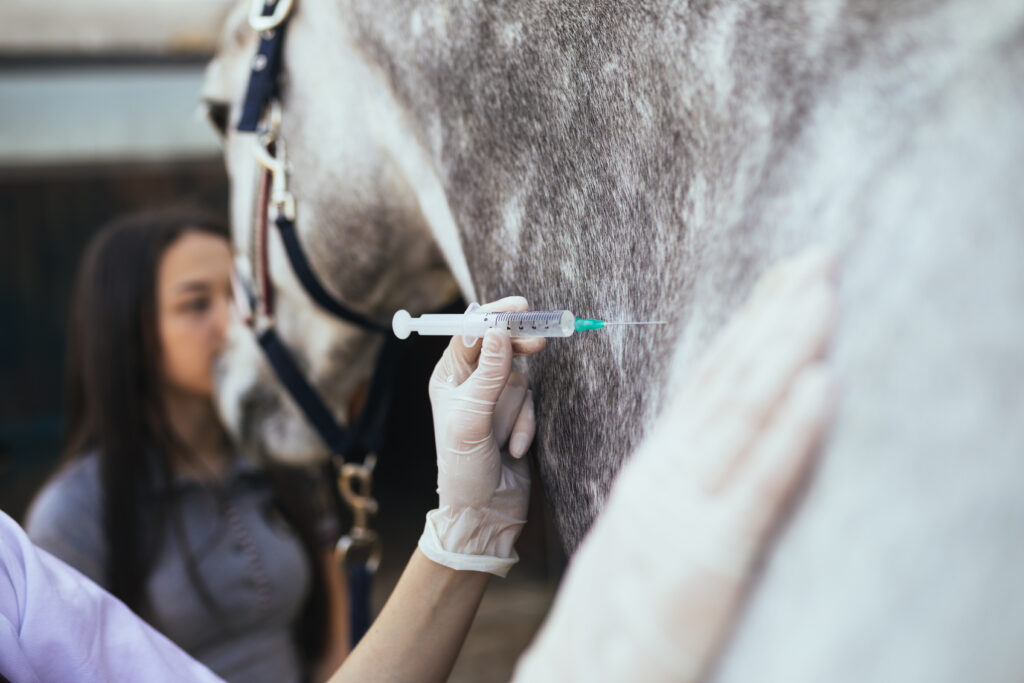HOME
Desert Deer

By Russell A. Graves
West of the 100th meridian, where the sky domes over wide open plains, desert mule deer roam the draws, wheat field and mountain crags over a range that encompasses almost half of Texas. For many, mule deer are an enigma. Since whitetail deer largely dominate the collective consciousness of most Texans, when they think of deer, mule deer are a bit of a curiosity for most.
Even though I live in the midst of mule deer country, seeing them is still a treat. I grew up in northeast Texas where, like most of the state, whitetail are the dominant deer. So to see the curious-looking species is a treat.
I first saw a mule deer 18 years ago near the Pease River on the Matador Wildlife Management Area north of Paducah. The Matador is a sprawling, 28,000-acre patch of Rolling Plains rangelands that lie in the broken badlands and broad prairies of Northwest Texas and at the eastern periphery of the mule deer’s range in Texas.
When I first saw the buck, I couldn’t decide on his species. His gray color was a clue, but I’ve seen whitetails that are gray. His antlers were no help in the identification either. Books often mention branched main beams, but this buck’s antlers didn’t have the tell-tale dichotomy commonly exhibited by mule deer. The buck I saw was a standard eight-point with short brow points and longer- than-expected G2s. Curiously, the main-frame eight-point seems to be a phenotypical constant in many Texas Rolling Plains mule deer. Often mistaken as a hybrid of whitetail and mule deer, many mule deer—even the purebred variety—don’t exhibit branched antlers.
The trait, especially in Northwest Texas, seems to be one that’s found range-wide because most of the hundreds of mule deer bucks I have seen since that first buck do not have branched main beams, save for the two or three dozen exceptionally large bucks.
While his ears were longer that those of whitetails that I’d seen, that wasn’t the identifying clincher. Instead, as he retreated, he stotted into the sage scrub. That’s when I knew what he was.
A whitetail might have run or bounded away, but a mule deer stots. Stotting helps muleys retreat on rough and rocky ground. With each leap, all four feet hit the ground simultaneously for maximum stability. The retreating buck also gave me a chance to see another attribute that helped identify the buck as a mule deer—the white rump patch and black-tipped tail.
To read more pick up a copy of the January 2018 NTFR issue. To subscribe call 940-872-5922.
HOME
Preparing Spring Gardens

By Hannah Claxton | Editor
The North Texas area is located within USDA Hardiness zones seven and eight. The zones are categorized by predicted low temperatures for winter and timing of the first and last frosts.
Zone seven usually has winter low temps between 0 and 10 degrees F with the average date of the first frost falling between Oct. 29 and Nov. 15 and the average date of the last frost falling between March 22 and April 3.
Overall, these two zones have similar climates and growing conditions, making the options for timing and variety within a garden very similar.
In these zones, cool-season crops should go in the ground in March, meaning that soil preparation should start now.
To read more, pick up a copy of the January edition of North Texas Farm & Ranch magazine, available digitally and in print. To subscribe by mail, call 940-872-5922.

HOME
Equine Vaccinations

By Heather Lloyd
Vaccinations are a critical component of maintaining the health and well-being of horses, especially in environments where they are exposed to other animals, such as in the sport, show and performance arenas. Horses, like all animals, are susceptible to various infectious diseases that can spread quickly and cause serious harm.
A routine vaccination schedule helps prevent the spread of these diseases by preparing the horse’s immune system.
To read more, pick up a copy of the November edition of North Texas Farm & Ranch magazine, available digitally and in print. To subscribe by mail, call 940-872-5922.

HOME
Wichita Falls Area Cattlewomen

Having herds on a controlled breeding schedule means that we have a predictable calving schedule, and while it’s only over a couple of months, for us it does fall right after the start of the year. I lobby annually to call ours the “Winter calving season”, but I am outvoted and my husband still refers to it as Spring. Unlike producers in our Northern States, we don’t have to contend with brutally harsh winter weather, and on those rare times we do, thankfully it is not for extended periods. Regardless of whether you have a Spring or a Fall calving schedule, the health of a newborn calf begins with the mother’s health, and the mother’s health is largely dependent on the producer.
To read more, pick up a copy of the November edition of North Texas Farm & Ranch magazine, available digitally and in print. To subscribe by mail, call 940-872-5922.

-

 Country Lifestyles2 years ago
Country Lifestyles2 years agoScott & Stacey Schumacher: A Growth Mindset
-

 Country Lifestyles8 years ago
Country Lifestyles8 years agoStyle Your Profile – What your style cowboy hat says about you and new trends in 2017
-

 HOME8 years ago
HOME8 years agoGrazing North Texas – Wilman Lovegrass
-

 Outdoor10 years ago
Outdoor10 years agoButtercup or Primrose?
-

 Country Lifestyles5 years ago
Country Lifestyles5 years agoAmber Crawford, Breakaway Roper
-

 Country Lifestyles9 years ago
Country Lifestyles9 years agoJune 2016 Profile – The man behind the mic: Bob Tallman
-

 Country Lifestyles8 years ago
Country Lifestyles8 years agoDecember 2016 Profile, Rusty Riddle – The Riddle Way
-

 Equine1 year ago
Equine1 year agoThe Will to Win




